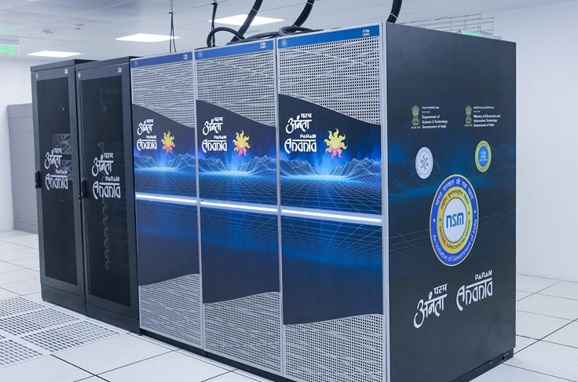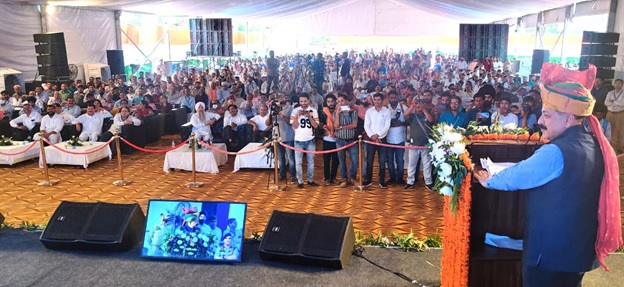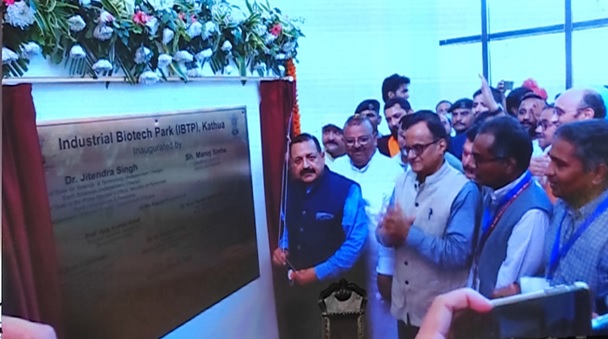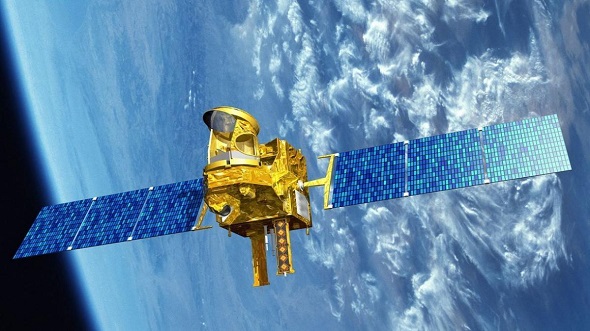
Indian Space Research Organisation (ISRO) is going to run a controlled re-entry of a decommissioned low Earth orbiting satellite, namely Megha-Tropiques-1 (MT1), on March 7, 2023.
Launched jointly by ISRO and French space agency, CNES, on 12 October 2011, MT1 was employed for tropical weather and climate studies. Although the mission life of the satellite was for three years, it continued to provide valuable data services for more than a decade, supporting regional and global climate models till 2021, says the Press Release issued by the ISRO.
Space debris or space junk are artificial materials orbiting Earth that are no longer functional. As per the Natural History Museum, UK, presently, 2,000 active satellites are orbiting Earth. Also, nearly 3,000 dead ones are littering the space; and around 34,000 pieces of space junk that are bigger than 10 cm and millions of smaller pieces are also present that can cause disasters if they hit something else.
“The UN/IADC space debris mitigation guidelines that recommend deorbiting an LEO (Low Earth Orbit) object at its end-of-life, preferably through controlled re-entry to a safe impact zone, or by bringing it to an orbit where the orbital lifetime is less than 25 years. It is also recommended to carry out ‘passivation’ of on-board energy sources to minimise the risk of any post-mission accidental break-up” reports ISRO. The IADC Space Debris Mitigation Guidelines describe existing practices that have been identified and evaluated for limiting the generation of space debris in the environment.
In MT1, about 125 kg on-board fuel remained unutilised at its end-of-mission that could pose risks for an accidental break-up. This leftover fuel was estimated to be sufficient to achieve a fully controlled atmospheric re-entry to impact an uninhabited location in the Pacific Ocean.
Usually, large satellites/rocket bodies likely to survive aero-thermal fragmentation upon re-entry are made to undergo controlled re-entry to limit ground casualty risk. All such satellites are specifically designed to undergo controlled re-entry at end-of-life (EOL). However, MT1 was not designed for EOL operations through controlled re-entry, which made the entire exercise extremely challenging.
The operation becomes even more complex and challenging due to the onboard constraints of the old satellite. It has several systems that have lost redundancy and shown degraded performance. Under harsher environmental conditions at much lower than initially designed orbital altitude, they may pose problems to be taken care of during the re-entry.
Indian Space Research Organisation (ISRO) is going to run a controlled re-entry of a decommissioned low Earth orbiting satellite, namely Megha-Tropiques-1 (MT1), on March 7, 2023.
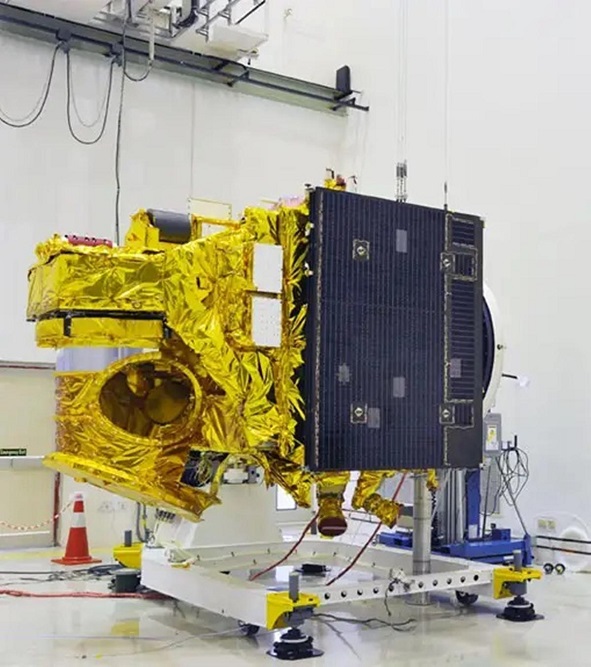
ISRO implemented innovative workarounds after several studies, deliberations, and exchanges among the mission, operations, flight dynamics, aerodynamics, propulsion, controls, navigation, thermal, and other sub-system design teams across its different centres, to overcome these challenges.
In controlled re-entry, generally, more propellant with a more extensive system is used to cause the spacecraft to enter the atmosphere at a steeper flight path angle. The vehicle then enters the atmosphere at a more precise latitude and longitude, and the debris footprint can be positioned over an uninhabited region, generally located in the ocean.
“An uninhabited area in the Pacific Ocean between 5°S to 14°S latitude and 119°W to 100°W longitude was identified as the targeted re-entry zone for MT1. Since Aug 2022, 18 orbit manoeuvres were performed to progressively lower the orbit”, mentions the ISRO report.
In between the de-orbiting, aero-braking studies at different solar panel orientations were also carried out to gain better insights into the physical process of atmospheric drag affecting the satellite’s orbital decay. Other factors, such as visibility of the re-entry trace over ground stations, ground impact within the targeted zone, and allowable operating conditions of the subsystems, have also been considered.
The final two de-boost are expected to take place between 16:30 IST to 19:30 IST on 7 March 2023. Aero-thermal simulations performed by ISRO have shown no large fragments of the satellites after aerothermal heating during the re-entry.
As a responsible space agency committed to safe and sustainable operations in outer space, ISRO proactively makes efforts to better comply with the UN/IADC space debris mitigation guidelines.
India Science Wire
ISW/SM/ISRO/satellite/Eng/07/03/2023

